Talk Overview
Homeotic (Hox) genes are transcription factors that dictate the development and compartmentalization (regionalization) of body parts in animals along the anterior-posterior (head to tail) axis. Using various insects and crustaceans, Dr. Nipam Patel studies how alterations in the expression of Hox genes could explain the evolution of specialized body parts in arthropods. Patel describes the spatially restricted patterns of Hox gene expression, explains the effects of Hox gene deletions, and how these phenotypes help us understand the manner in which Hox genes act to control the insect body plan. Taking a closer look at the pattern of the Hox gene Ultrabithorax (Ubx) in different insects, Patel summarizes the discovery that what drives changes in the number of wings during insect evolution is the not changes in the expression pattern of Ubx, but the regulation of its downstream gene targets.
In the second lecture, Patel describes the work of his lab to expand the studies of Hox gene function to other arthropods. Patel describes the development of specialized body parts in crustaceans, and describes the transition between feeding to locomotor appendages. Using the beach hopper, Parhyale, his laboratory, in collaboration with the laboratory of Michalis Averof, showed that Ubx controls the boundary and transition between feeding and locomotor appendages during development.
In his third talk, Patel explores the function of additional Hox genes in the development of crustacean body plans. Using CRISPR-Cas9 genome editing, his laboratory has characterized the expression and function of six of the nine Hox genes in Parhyale, and describes the combinatorial role of Ubx, abdA, and AbdB in the development of specialized appendages in this species, and how changes in the regulation of abdA is responsible for several morphological transitions during crustacean evolution.
Speaker Bio
Nipam Patel
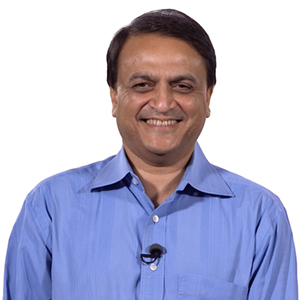
Nipam Patel is the Director of the Marine Biological Lab (Woods Hole) and a Professor at the University of Chicago. He obtained his bachelor’s degree in Biology from Princeton University in 1984, and completed his doctoral degree in Biological Sciences at Stanford University in 1990. His interest towards developmental biology started when he was studying… Continue Reading
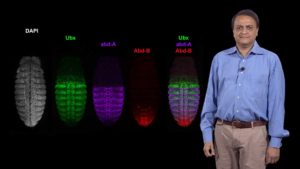
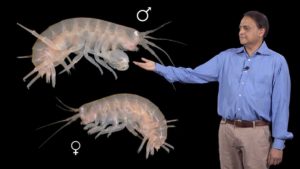
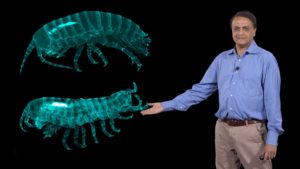
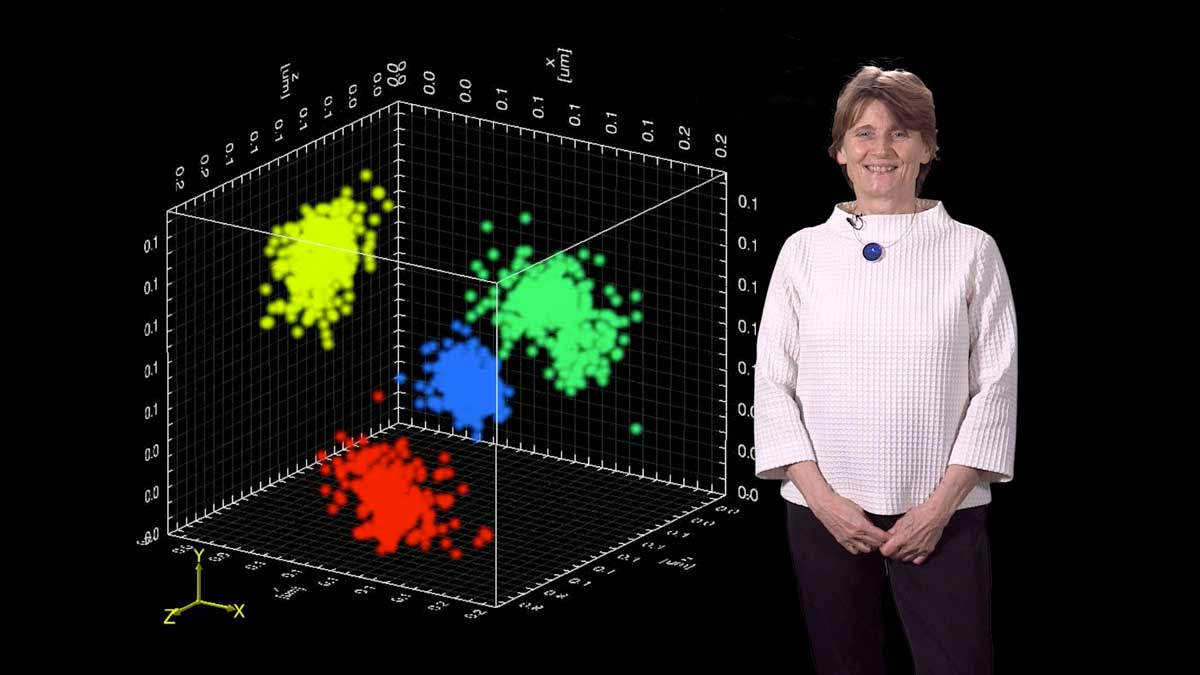
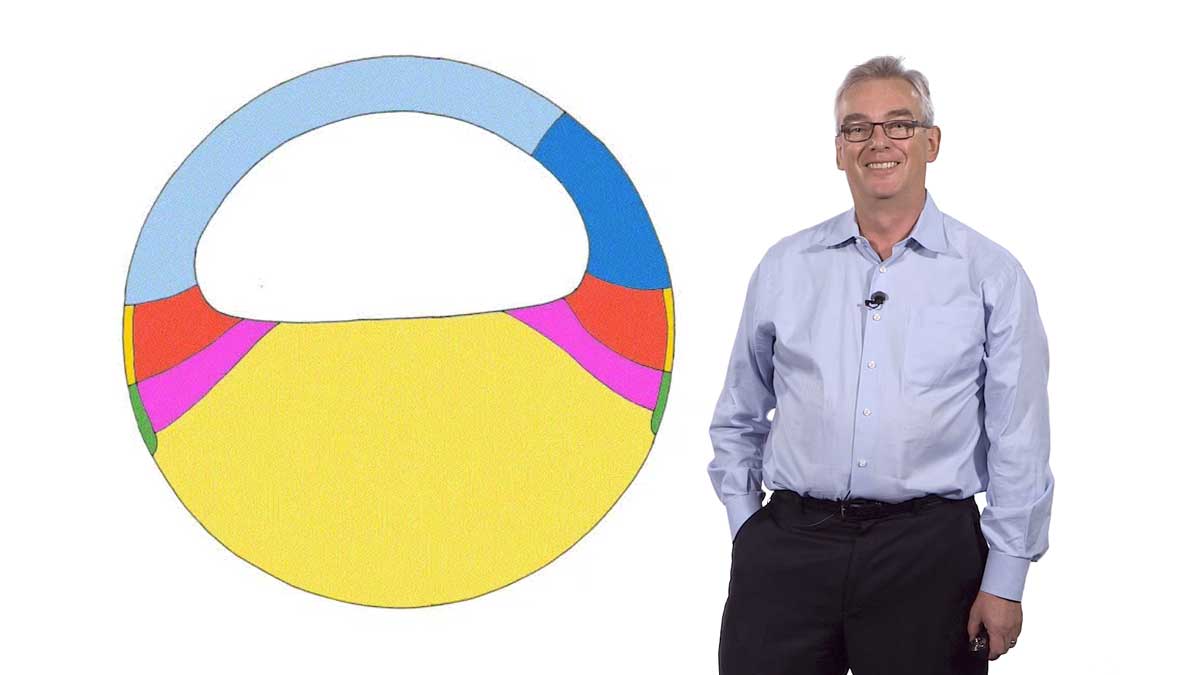
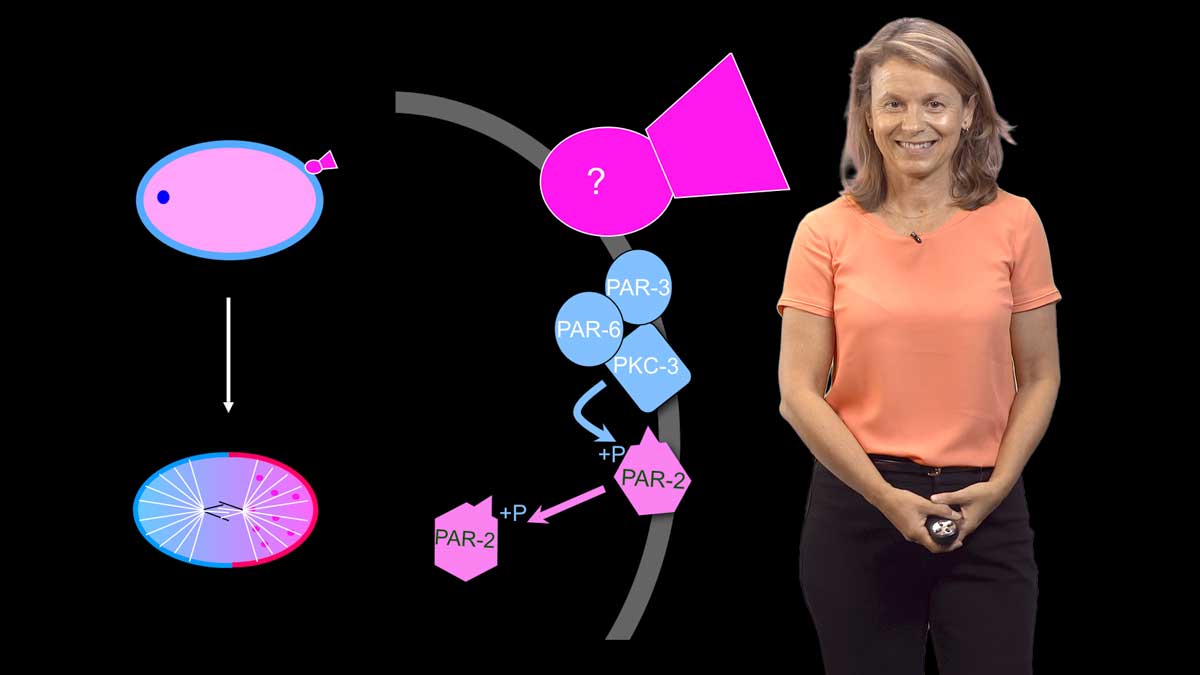
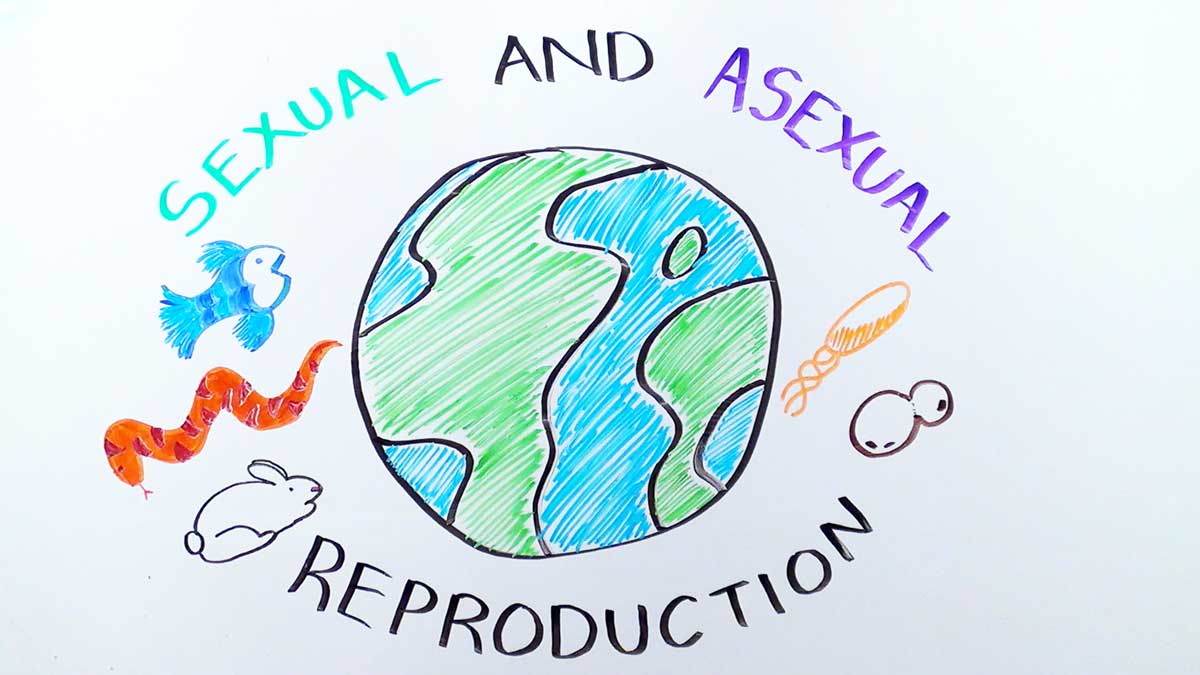





usman says
A supreme lecture FOR MY A LEVEL MIND.
IT WAS GETTING COMPLEX FOR ME.
BUT I HOPE I CAN UNDERSTAND IT.
SIR WHERE ARE YOU FROM